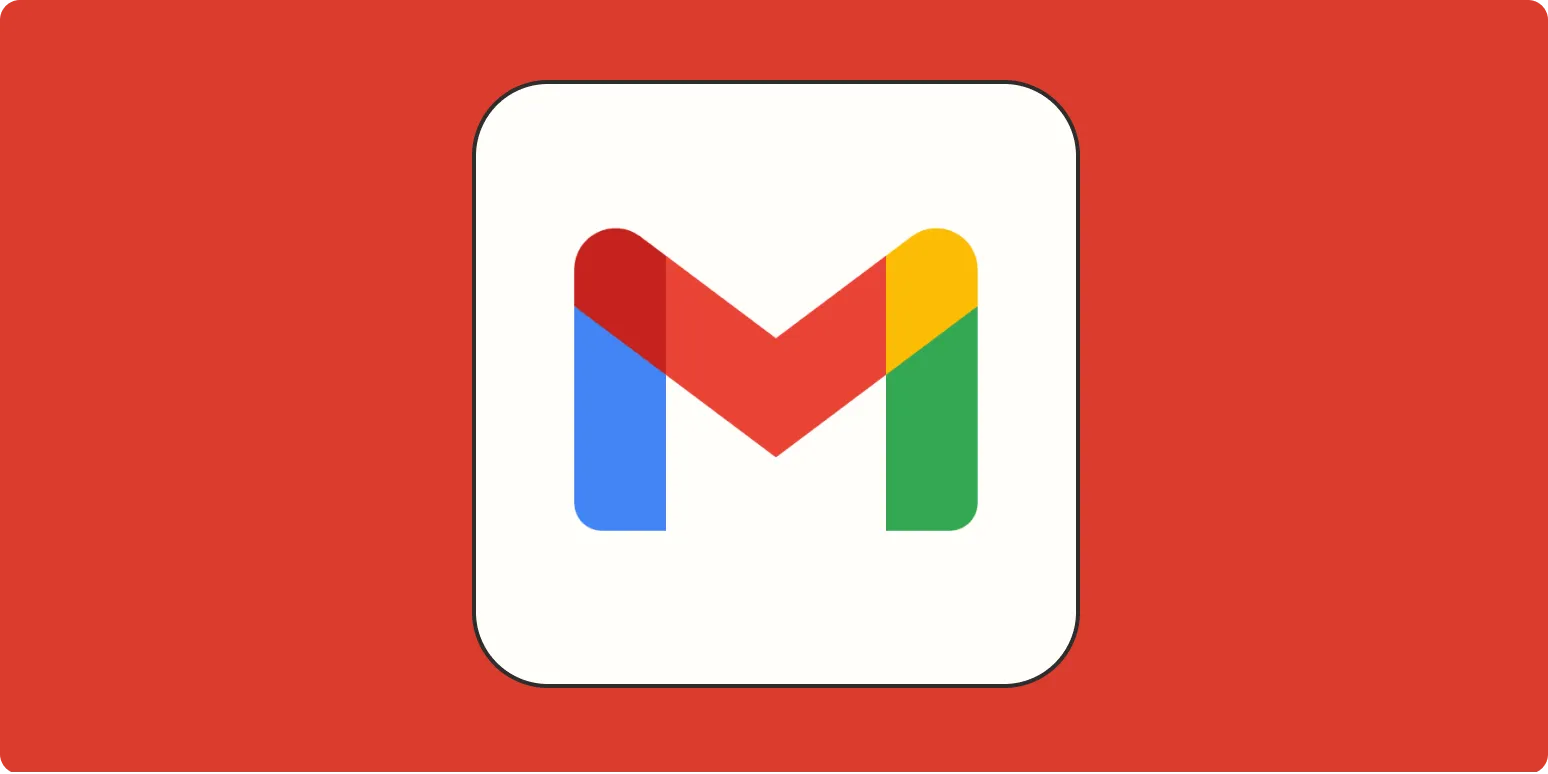In today's digital age, ensuring the security of your email communications is paramount. When it comes to sending sensitive information via Gmail, using encryption can help protect your data from prying eyes. This article will guide you through the process of sending encrypted emails in Gmail, highlighting the necessary steps, tools, and best practices to keep your communications secure.
Understanding Email Encryption
Email encryption is a method of encoding messages to protect the content from unauthorized access. It ensures that only the intended recipient can read the message. There are two main types of encryption used in email communications: Transport Layer Security (TLS) and end-to-end encryption.
Why Use Encrypted Emails?
Protecting your emails with encryption is essential for several reasons:
- Privacy: Encryption ensures that your private conversations remain confidential.
- Data Integrity: It helps prevent unauthorized alterations to your messages.
- Compliance: Many industries require encrypted communications to comply with regulations.
How to Send Encrypted Emails in Gmail
Sending encrypted emails in Gmail requires a few steps. Below is a comprehensive guide on how to do it.
Step 1: Enable TLS Encryption
Most email providers, including Gmail, use Transport Layer Security (TLS) by default. This means that your emails are encrypted while in transit. However, you need to ensure that the recipient also supports TLS. Follow these steps:
- Compose a new email in Gmail.
- Check the "Secure" icon (a padlock) next to the recipient's email address. If the icon is visible, TLS is available.
Step 2: Use Google’s Built-in Confidential Mode
Gmail offers a Confidential Mode that allows you to send messages that expire after a set period and can require a passcode for access. Here's how to use it:
- Click on "Compose" to start a new email.
- Click on the lock icon with a clock in the bottom toolbar to enable Confidential Mode.
- Set an expiration date and choose whether to require a passcode.
- Save the settings and send the email.
Step 3: Utilize Third-Party Encryption Tools
For enhanced security, consider using third-party encryption tools. Here are some popular options:
| Tool | Description | Compatibility |
|---|---|---|
| PGP (Pretty Good Privacy) | A widely used method for encrypting emails. | Works with various email clients, including Gmail. |
| ProtonMail | An email service that automatically encrypts messages. | Web-based, with a dedicated app. |
| Tutanota | Another secure email service with built-in encryption. | Web-based and mobile apps available. |
Best Practices for Email Encryption
To ensure that your emails remain secure, follow these best practices:
- Regularly Update Your Software: Keep your email client and security software up to date to protect against vulnerabilities.
- Use Strong Passwords: Create unique passwords for your email accounts and enable two-factor authentication where possible.
- Verify Recipient Identity: Before sending sensitive information, confirm that the recipient's email address is correct to avoid phishing attacks.
Conclusion
Sending encrypted emails in Gmail is a vital step in safeguarding your sensitive information. By utilizing TLS, Google’s Confidential Mode, and third-party encryption tools, you can enhance the security of your communications. Remember to follow best practices to maintain your email security consistently. With these measures in place, you can communicate with confidence, knowing that your data is protected.
For more information on secure email practices and the latest developments in email encryption technology, stay tuned to reliable sources and updates in the world of digital security.





